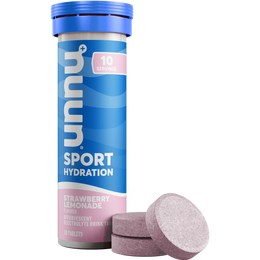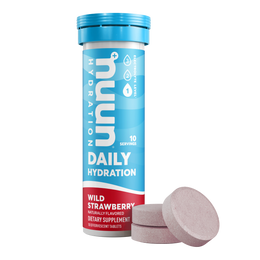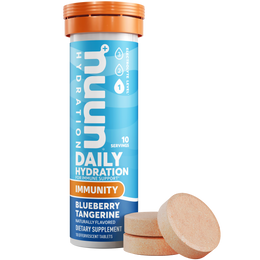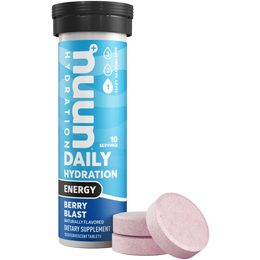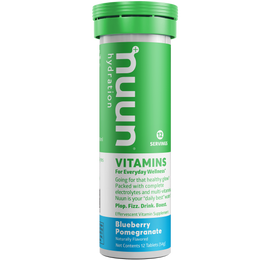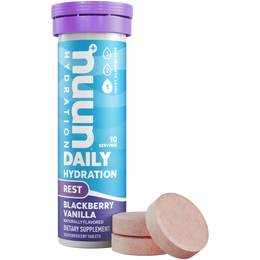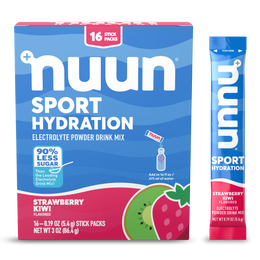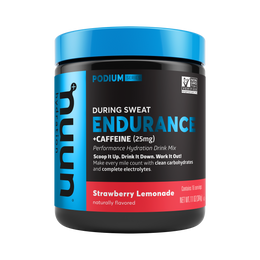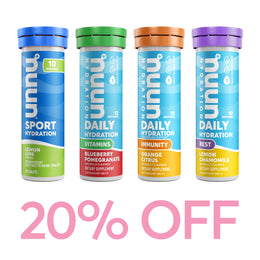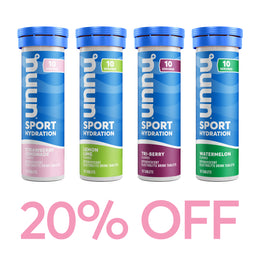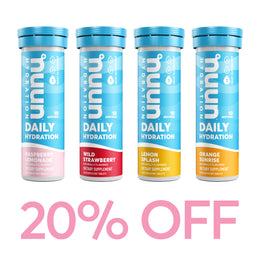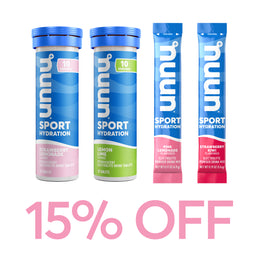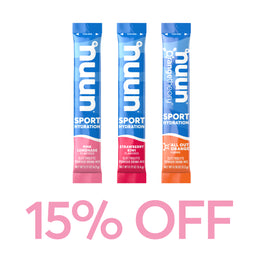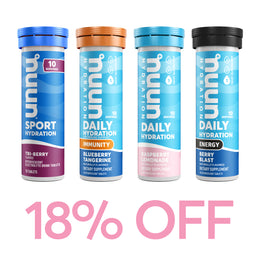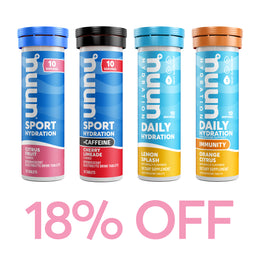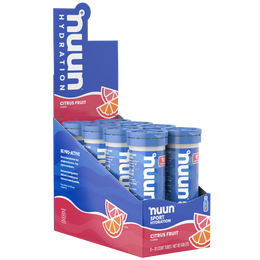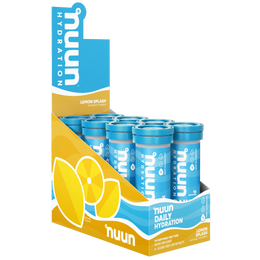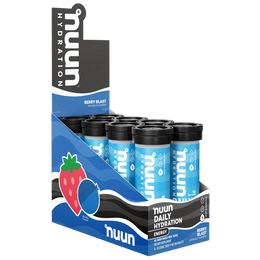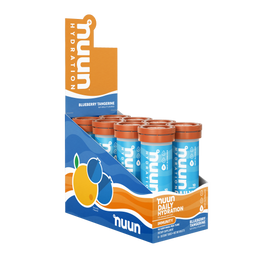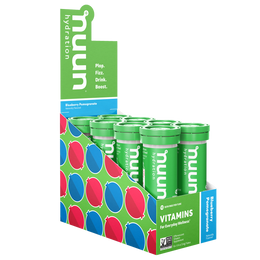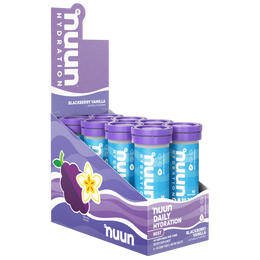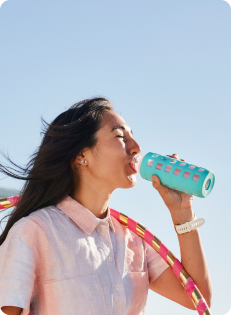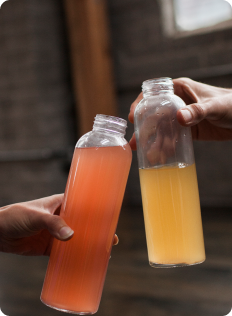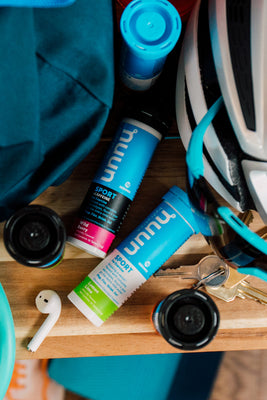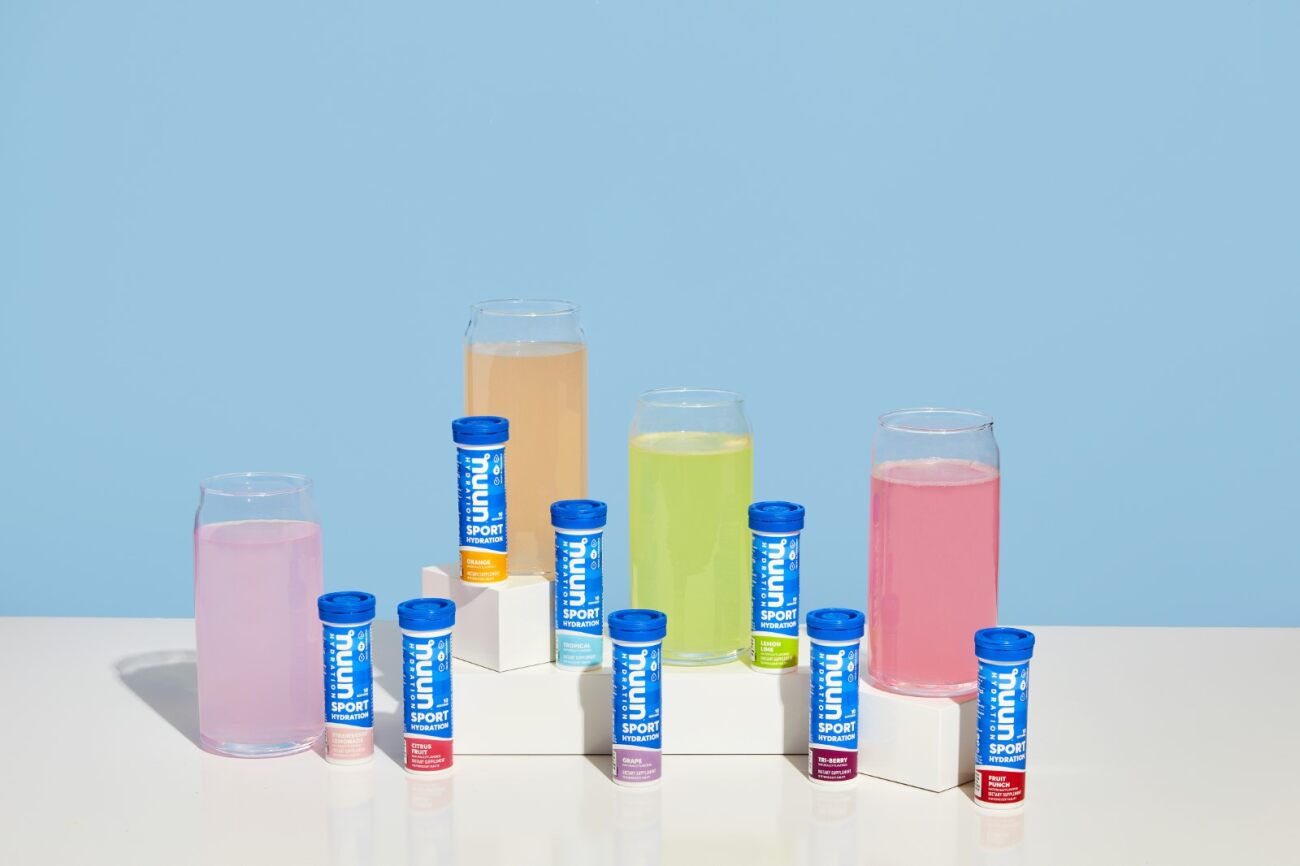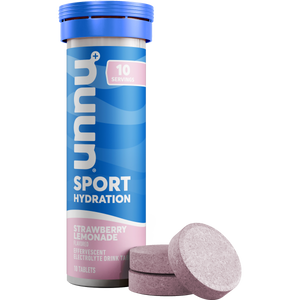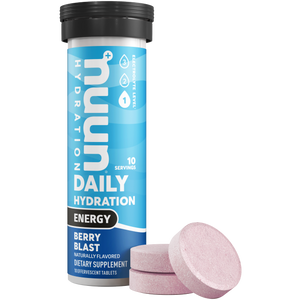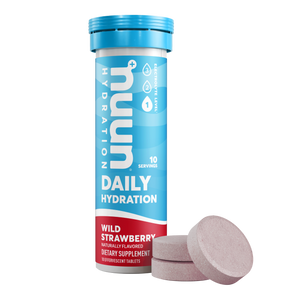Outdoor Exercise and Air Quality

Looking out the window at a clear sunny day might give you an overwhelming urge to get active in the great outdoors. However, pollutants, allergens, and other lung irritants are not always visible in the atmosphere. If you’re going out for a for a run or a ride (or a surf or a skate!) take the necessary steps to avoid inhaling harmful airborne particles. Here are our top recommendations for staying active outside while protecting your lungs.
Knowledge is Power
Before you plan any outdoor exercise check the Air Quality Index in your area. With descriptive classifications, colors, and numerical values, the AQI makes it easy to understand the density of air pollution when going outdoors. Many phones have this information built in on their weather app, but special apps also exist to provide even more detailed air quality reports and maps. If you’re going to be working out outside, you’re going to be taking in more air (and air particulates) than the average commuter on a stroll. It’s also important to note that the rapid oxygen demands of exercise mean that air coming in through your nose will (in part) bypass the natural filtration process of your nose hairs. While the AQI category of “moderate” might seem reasonable for your daily walk, examine the data further and weigh your options with consideration when your goal is to work up a sweat outside.
Location, Location, Location
If you live in an area with chronically elevated AQI ratings, consider adjusting your outdoor routes to include more green spaces, more trees, and more distance from busy streets. Studies have shown that Londoners who take their daily walks in parks see greater benefits from their physical activity than those who walk through exclusively urban environments. Roads and sidewalks that run between tall buildings have especially poor air quality, as exhaust, dust, and other particulates become trapped in these concrete canyons, and are continually stirred by traffic. Limit your time in these locations, if possible.
Masks Un-Masked
When shopping for a sport-centric solution for personal air filtration it all comes down to masks. While other wearable air filters do exist, they function only when the wearer is stationary. With so many face masks on the market (at prices ranging from $1 to $250) how can you be sure you’re getting something that’s functional, not just flashy? There’s an easy way to check. There are two certifications a mask can get form the CDC, N95 and N99. Masks with the N95 rating will filter out 95% of particles and a N99 mask will keep out 99%. Masks with these certifications are reliable filtration solutions—but only if they fit. We strongly recommend buying a sample mask in the variety you’re interested in before investing in a multi pack. Every face shape is different, and factors like ear size and jaw length can have a huge effect on functionality. Afterall, a mask only filters air if the air you’re breathing goes through the mask instead of creeping in around it.
Going Forward
As athletes, we’re always thinking about optimizing what we put in our body. That care and consideration shouldn’t stop with just food and drinks. Inform yourself of the environmental factors that can affect your health and take appropriate precautions when necessary. Ultimately, only you can know what’s right for your body. But we hope this article sheds light on a few of the changes you can make in your outdoor exercise routines to mitigate risk and limit your exposure to airborne particulates.


